Authors
A Bucki, M Marcinkowska, J _niecikowska, A Zagórska et al
Lab
Faculty of Pharmacy, Jagiellonian University Medical College, Kraków, Poland.
Journal
European Journal of Medicinal Chemistry
Abstract
Patients suffering from dementia experience cognitive deficits and 90% of them show non-cognitive behavioral and psychological symptoms of dementia (BPSD). The spectrum of BPSD includes agitation, depression, anxiety and psychosis. Antipsychotics, e.g. quetiapine, have been commonly used off-label to control the burdensome symptoms, though they cause serious side effects and further cognitive impairment. Therefore, the development of targeted therapy for BPSD, suitable for elderly patients, remains relevant.
A multitarget-directed ligand, acting on serotonin 5-HT2A and dopamine D2 receptors (R) and thus exerting anti-aggressive and antipsychotic activity, as well as on 5-HT6Rs and 5-HT7Rs (potential pro-cognitive, antidepressant and anxiolytic activity), poses a promising strategy for the treatment of BPSD. Antitargeting muscarinic M3R and hERG channel is expected to reduce the risk of side effects. We obtained a series of stereoisomeric compounds by combining 6-fluoro-1,2-benzoxazole moiety and arylsulfonamide fragment through pyrrolidin-1-yl-propyl linker.
N-[(3R)-1-[3-(6-fluoro-1,2-benzoxazol-3-yl)propyl]pyrrolidin-3-yl]-1-benzothiophene-2-sulfonamide showed a substantial affinity for the targets of interest (pKi = 8.32–9.35) and no significant interaction with the antitargets. Functional studies revealed its antagonist efficacy (pKB = 7.41–9.03). The lead compound showed a promising profile of antipsychotic-like activity in amphetamine- and MK-801-induced hyperlocomotion (MED = 2.5 mg/kg), antidepressant-like, as well as anxiolytic-like activity in mice (MED = 0.312 and 1.25 mg/kg in the forced swim and four-plate tests, respectively). Notably, the novel compound didn’t affect spontaneous locomotor activity, nor induced catalepsy or memory deficits (step-through passive avoidance test) in therapeutically relevant doses, which proved its benign safety profile. The overall pharmacological characteristics of the lead compound outperformed the reference drug quetiapine, making it a promising option for evaluation in the treatment of BPSD.
BIOSEB Instruments Used
Aron Test or Four Plates Test (LE830),Passive avoidance (LE870)
Source :
https://www.sciencedirect.com/science/article/pii/S0223523420301161

 Pain - Thermal Allodynia / Hyperalgesia
Pain - Thermal Allodynia / Hyperalgesia Pain - Spontaneous Pain - Postural Deficit
Pain - Spontaneous Pain - Postural Deficit Pain - Mechanical Allodynia / Hyperalgesia
Pain - Mechanical Allodynia / Hyperalgesia Learning/Memory - Attention - Addiction
Learning/Memory - Attention - Addiction Physiology & Respiratory Research
Physiology & Respiratory Research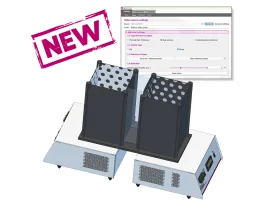
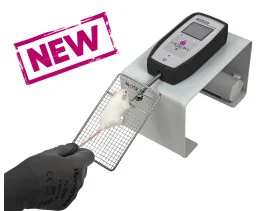
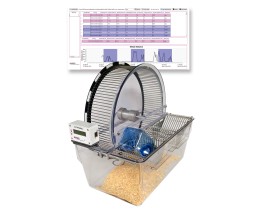

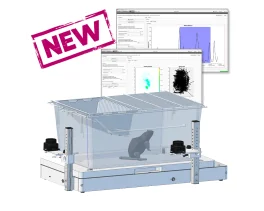

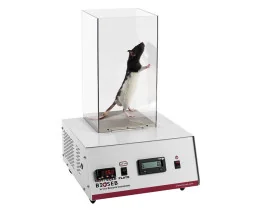
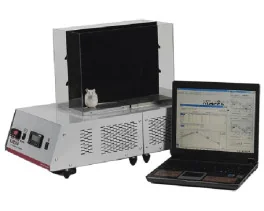

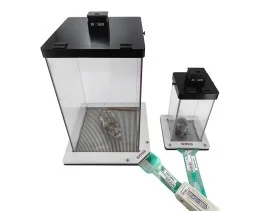

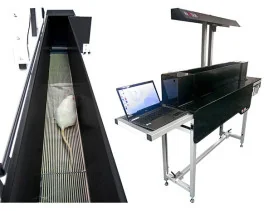
![Dynamic Weight Bearing 2.0 – Postural Module [Add-on]](https://bioseb.com/733-home_default/dynamic-weight-bearing-20-add-on-postural-module.jpg)
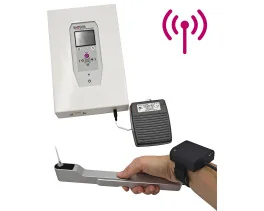
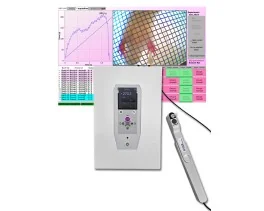

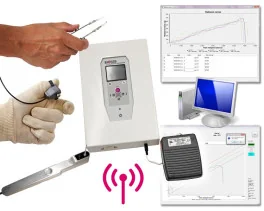

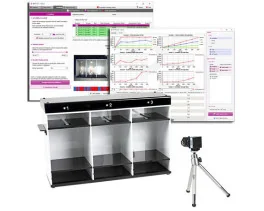
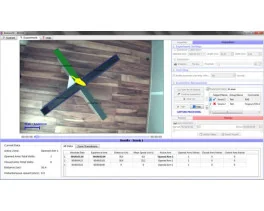
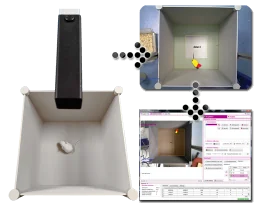


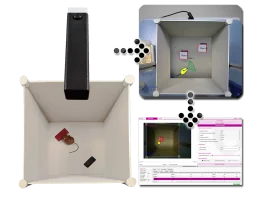

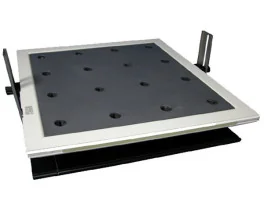


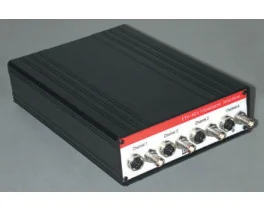
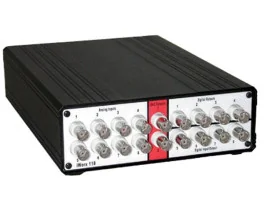
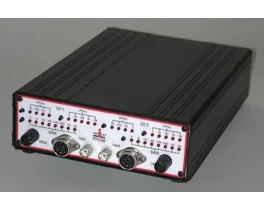
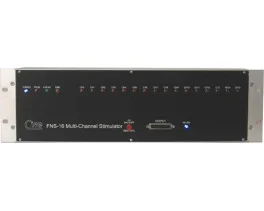
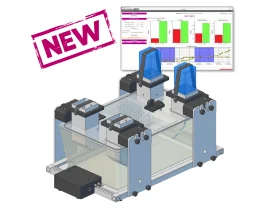
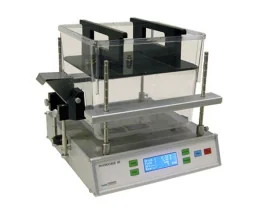
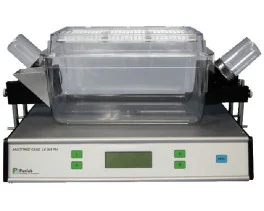
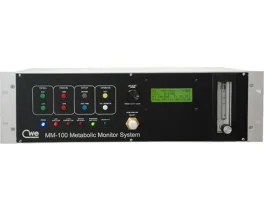
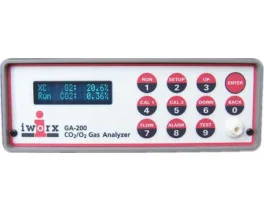
 Pain
Pain Central Nervous System (CNS)
Central Nervous System (CNS) Neurodegeneration
Neurodegeneration Sensory system
Sensory system Motor control
Motor control Mood Disorders
Mood Disorders Other disorders
Other disorders Muscular system
Muscular system Joints
Joints Metabolism
Metabolism Cross-disciplinary subjects
Cross-disciplinary subjects CONFERENCES & MEETINGS
CONFERENCES & MEETINGS 